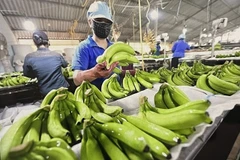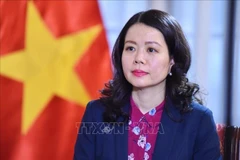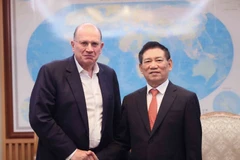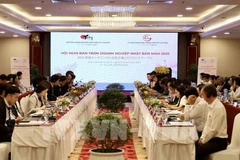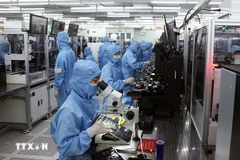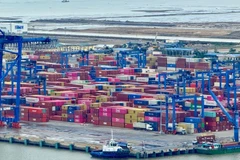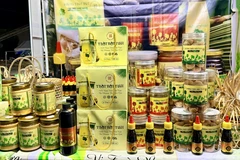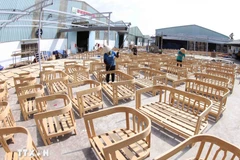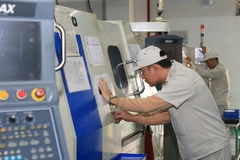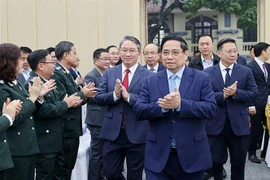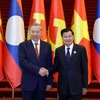Meanwhile, purchasing activity rose at the fastest pace in the series history.
The rate of input cost inflation accelerated slightly, butmanufacturers lowered their output prices as part of attempts to supportgrowth of new business.
The headline seasonallyadjusted Purchasing Managers' Index (PMI) – a composite indicatordesigned to provide a single-figure snapshot of operating conditions inthe manufacturing economy – posted 51.8 in December, up from 50.3 inNovember.
An index reading above 50 indicates an overall increase in that variable, below 50 an overall decrease.
The reading signalled a fourth successive monthly improvement inoperating conditions, and the second strongest in the history of theseries.
Only April 2011 has seen a greater improvement in business conditions since the survey began in that month.
New orders increased for the third time in the past four months duringDecember as panelists reported improving client demand.
Moreover, new business rose at a pace that was only slightly slower than October's series record.
On the other hand, new export orders decreased for a second consecutive month.
Growth of new orders led firms to raise their production. Outputincreased for the third month running, and at the sharpest pace sinceApril 2011. That said, stocks of finished goods fell solidly as firmsdelivered products to customers.
The depletion of post-production inventories was the strongest in seven months.
Rising workloads had a positive impact on employment in December, withthe rate of job creation picking up to the strongest in three months.
Meanwhile, the rate of expansion of purchasingactivity hit a record high as panelists reported a greater need forinputs in response to rising client demand.
There were signs of spare capacity in the sector, however, as backlogs of work decreased for the second month in a row.
The rate of depletion was solid and largely unchanged from that seen in November.
Input prices increased further in December, with some panelists linking inflation to a scarcity of raw materials.
In contrast, manufacturers lowered their output prices for the first time in three months.
According to panelists, attempts to encourage new business had beenbehind the fall in charges, while competitive pressures were alsomentioned.
A third successive shortening of suppliers' delivery times was recorded.
The rise of the new orders sub-index is a sign of gradually risingdomestic demand, albeit slowly. The new export orders index improvedslightly but external demand was still a drag.-VNA
